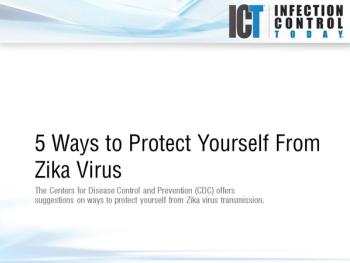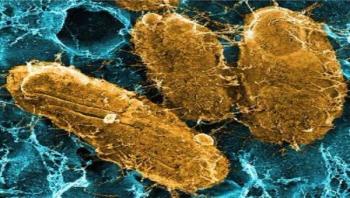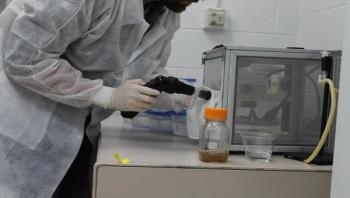
News












A new, computer-based screening method could reveal the virus-fighting potential of drugs originally developed to treat other conditions, reports a study in PLOS Computational Biology.

Mosquito saliva influences transmission of viruses to a bitten mammalian host. For example, it contains factors that dampen the host immune response and so facilitate infection. A study published in PLOS NTDs reports on a saliva protein with the opposite effect: D7, a protein present in Aedes aegypti saliva, binds to Dengue virus (DENV) and inhibits its transmission to human cells and mice. Antibodies against D7, which are present in humans exposed to mosquito bites, might therefore facilitate virus transmission and enhance disease severity.










The Standard Precautions concept in healthcare dictates that healthcare workers assess risk in advance of a patient interaction and use appropriate interventions such as barriers, hand hygiene, and/or surface disinfection, to address the risk and prevent becoming contaminated by the patient or the patient’s environment. This approach has generally been credited with helping hospital employees protect themselves from acquiring infectious agents on a daily basis. However, a growing body of research has called into question whether this approach is in fact adequate.





